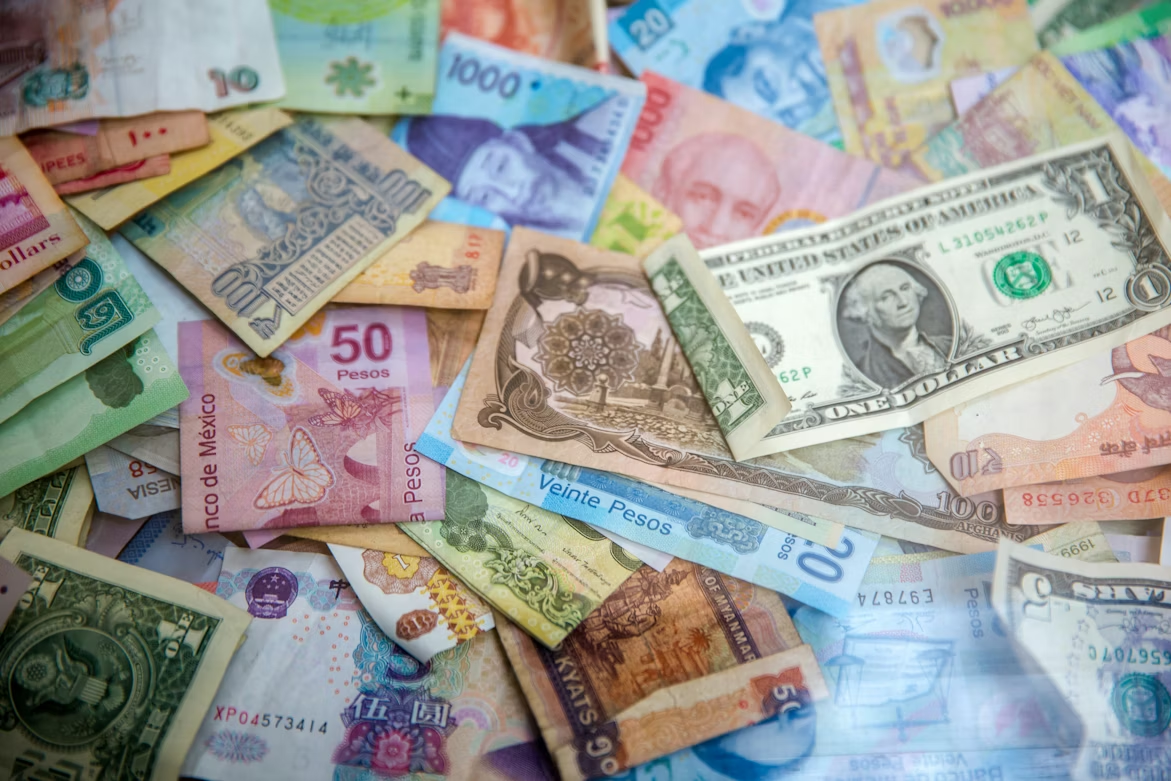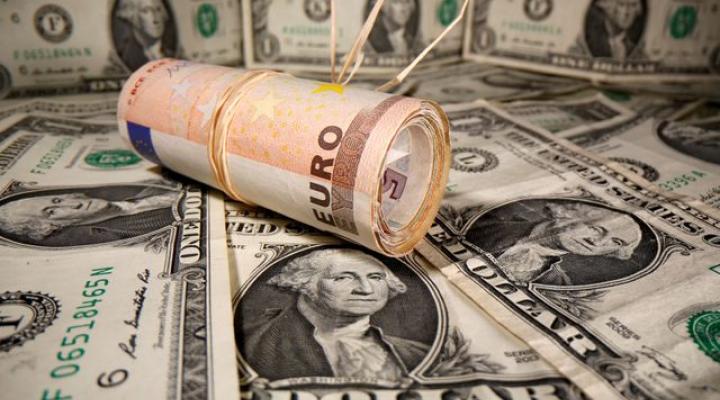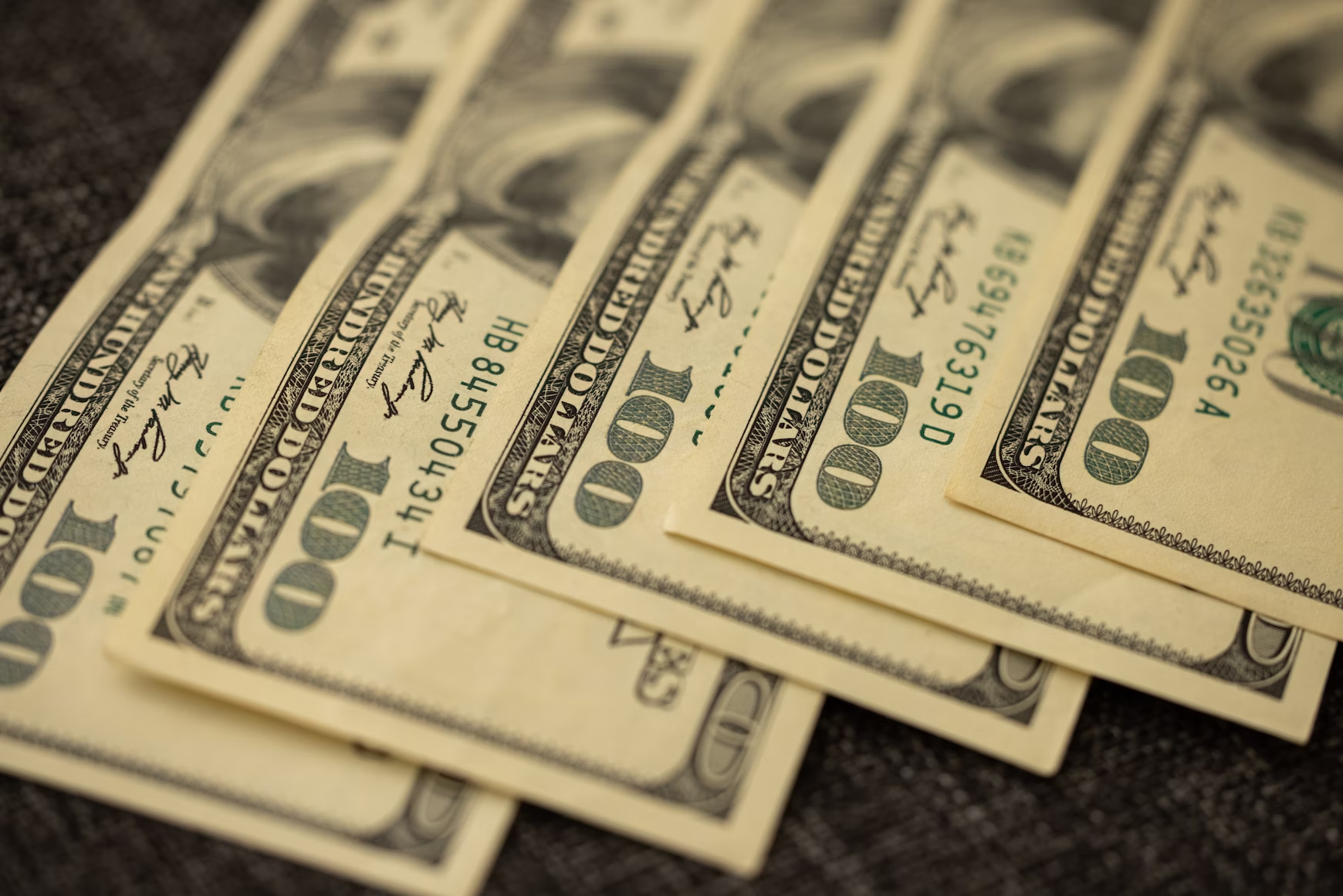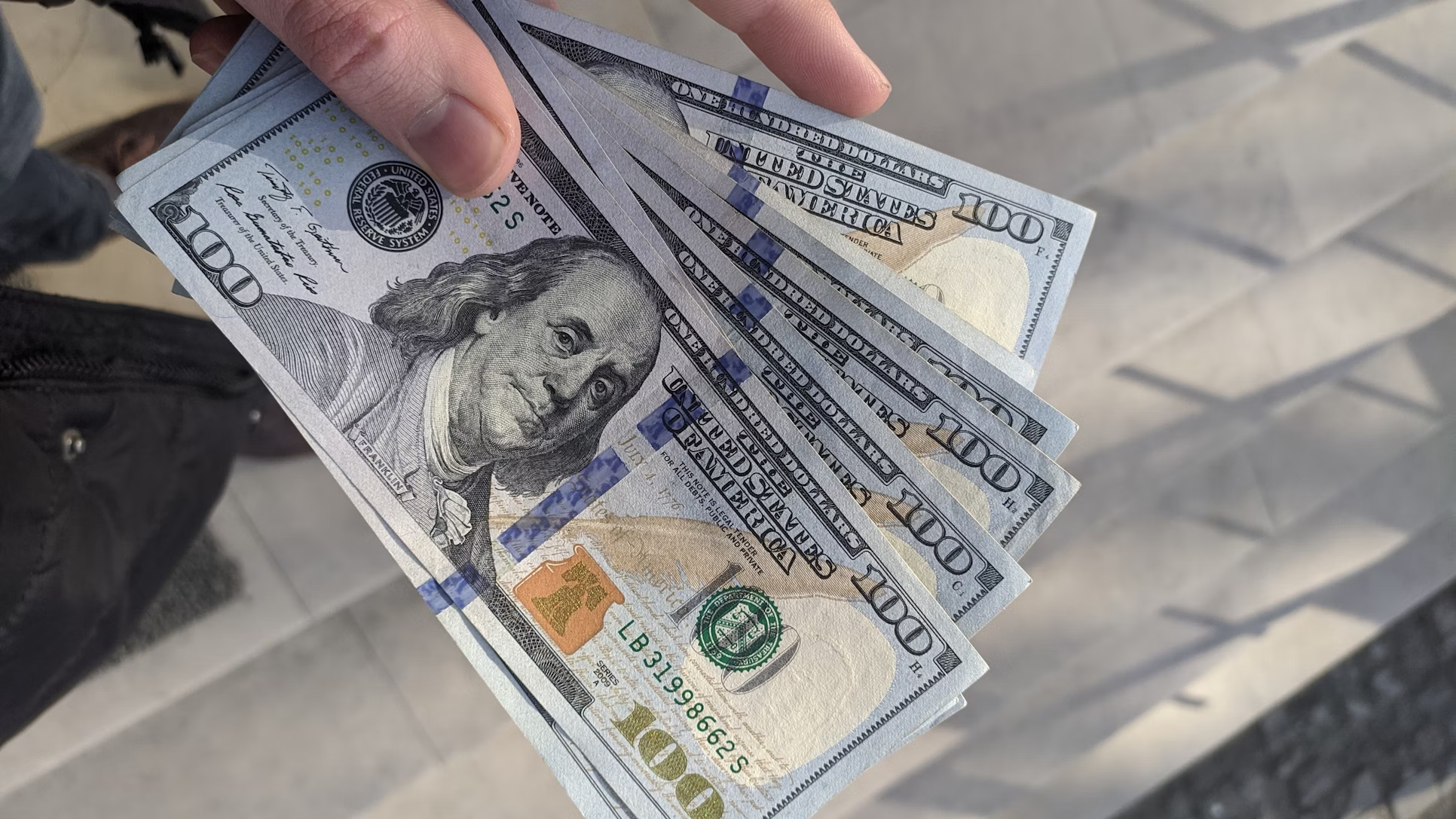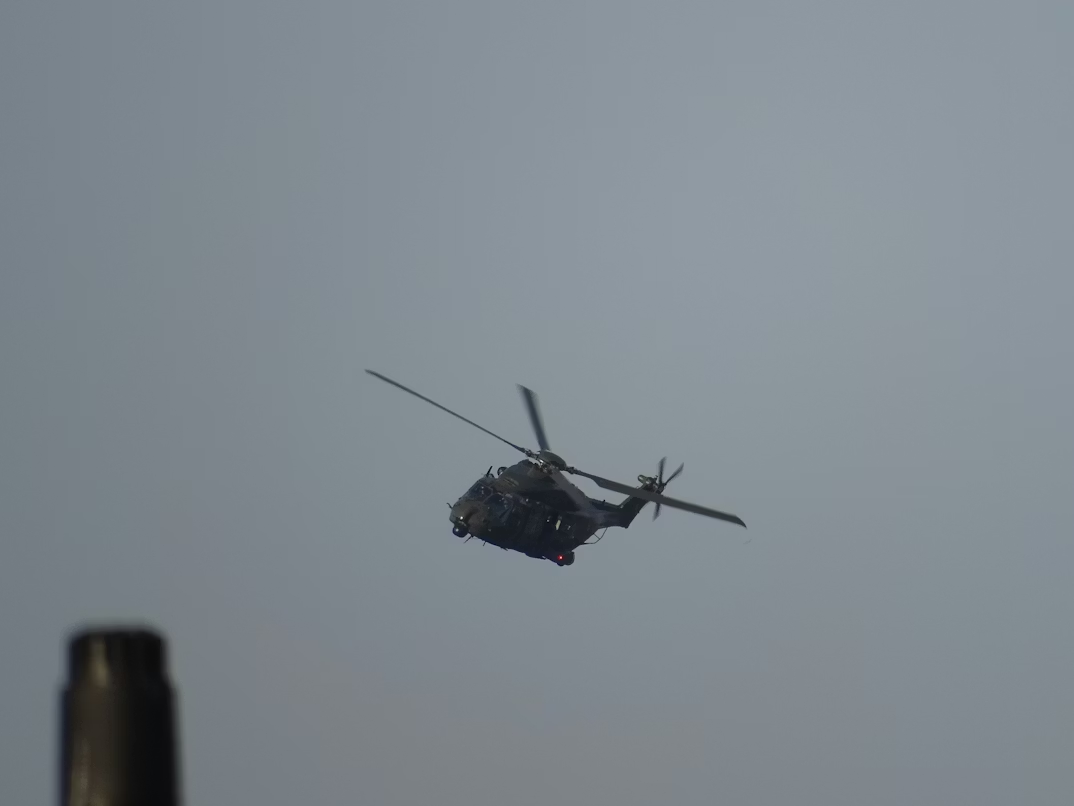EQUITIES
Shares in Asia-Pacific slipped in Friday trade as investors remain on edge over Russia’s invasion of Ukraine.
The Nikkei 225 in Japan saw heavy losses as it fell 2.48%, with Hong Kong’s Hang Seng index shedding 2.67% by the afternoon. In mainland China, the Shanghai composite declined 0.66%.
South Korea’s KOSPI dipped 1.31%, and over in Australia, the S&P/ASX 200 shed 0.84%. The FTSE Straits Times Index in Singapore edged 0.50% lower.
The risk-off appetite battered markets across the Asian region, sending U.S. stock futures also sharply lower, suggesting more pain for European and U.S. markets when they open later in the day.
OIL
Oil prices rebounded on Friday as the disruption of Russian oil exports because of western sanctions outweighed the prospect of more Iranian supplies from a possible nuclear deal.
Oil prices are set to post their strongest weekly gains since the middle of 2020, with WTI up more than 22% and Brent at 16% after hitting their highest in a decade this week.
Western sanctions on Russia over the Ukraine conflict were feared will disrupt shipments from Russia, which is the world's biggest exporter of crude and oil products combined. Trading activity for Russian crude oil already appears frozen as buyers are hesitant in making purchases because of the sanctions.
Oil prices saw a pullback on Thursday after days of rising rapidly, on a rumour that a deal on Iran's nuclear activities could be signed within 72 hours. The revival of the Iran nuclear deal is expected to boost Iranian oil exports and ease tight global supplies.
International benchmark Brent crude futures currently sit at $112.24 per barrel after recently rising to as high as $119.84, the highest level since May 2012. The contract fell 2.2% on Thursday.
US WTI for April rose to $109.81 a barrel after touching a high of $112.84 earlier in the session. The contract fell 2.6% in the previous session.
Malaysia’s Tapis crude oil also continued to surge higher in tandem with strong global crude oil prices. Tapis crude oil jumps 10% to fresh high of $116.58. Tapis crude oil is used as a pricing benchmark in Singapore. While it is not traded on a market like Brent Crude or WTI, it is often used as an oil marker for Asia and Australia.
CURRENCIES
Investors sought refuge in safe-haven U.S. Treasuries, sending yields on benchmark 10-year yields lower to 1.7%. They later inched back up to 1.808%.
The U.S. dollar index, which tracks the greenback against a basket of its peers, was at 97.877 after recently rising from below 97.5.
The ruble pared some losses after slumping to new record lows against the dollar and euro. The currency was flat by day's end on Moscow exchange at 106.01 after hitting an all-time low of 118.35 in thin and volatile trade.
Higher commodity prices resulting from the war have caused the commodity currencies to climb steadily in recent weeks.
GOLD
Gold rose on Friday, eyeing its best weekly gain since May 2021. Spot gold edged up 0.17% to $1,939.80 and was on track for a weekly gain of about 3%. U.S. gold futures also rose 0.32% to $1,942.00.
Palladium gained 1.6% to $2,775.00 after hitting its highest level since mid-July 2021 at $2,835.48 earlier in the session. The auto-catalyst metal, used by automakers in catalytic converters to curb emissions, was all set to gain about 20%, its best weekly rise since late-March 2020.
Spot silver was up 0.23% at $25.27 per ounce and set for a fifth consecutive weekly rise, while platinum rose 0.84% to $1,089.90.
ECONOMIC OUTLOOK
Asian equity markets suffered losses on Friday while oil prices jumped as a report of a nuclear power plant on fire amid continued fierce fighting between Ukraine and Russian troops further unnerved investors.
Ukrainian atomic energy ministry was saying that a generating unit at the Zaporizhzhia nuclear power plant, the largest of its kind in Europe, had been hit during an attack by Russian troops. Some of those losses were later pared after the nuclear power plant’s director said the facility’s nuclear security is secured at the moment.
Risk sentiment remains fragile and is very much being swung around by Russia-Ukraine headlines as well by central banks who seem committed to hiking rates, and who are also noting upside risks to inflation.
Powell told a Senate committee in a second day of testimony before Congress that Russia's war in Ukraine could hit the U.S. economy from higher prices to dampened spending and investment. He also repeated his comments from Wednesday that he would back an initial quarter percentage point increase in the bank's benchmark rate.
The jump in commodity prices has raised concerns about the potential for stagflation, in which rising inflation and stagnant output roil the economy and crimp employment, making it more difficult for the Federal Reserve and other major central banks to manage interest rates.
Aluminium, copper and nickel prices have raced to fresh highs as the widening sanctions on Russia threatened to further disrupt the flow of commodities from one of the world's major producers. Wheat soared to the highest level since 2008 on mounting fears of a global shortage as the Ukraine war shuts off over 25% of the world’s exports, with the prices are heading for a record weekly gain of about 40%. Corn has risen to the highest level since 2012, while soybean oil and palm oil also have reached records.



